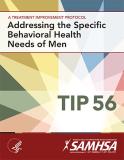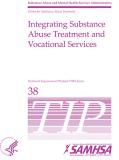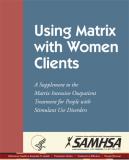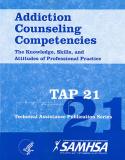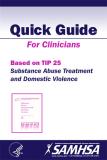
This guide serves as a reference for substance use treatment practitioners. It offers "how to" information divided into sections. The guide is based entirely on "Substance Abuse Treatment and Domestic Violence," number 25 in the Treatment Improvement Protocol (TIP) Series.
Units per Product
Download
Quick Guide for Clinicians Based on TIP 25
File Type: PDF
File Size: 384 KB


